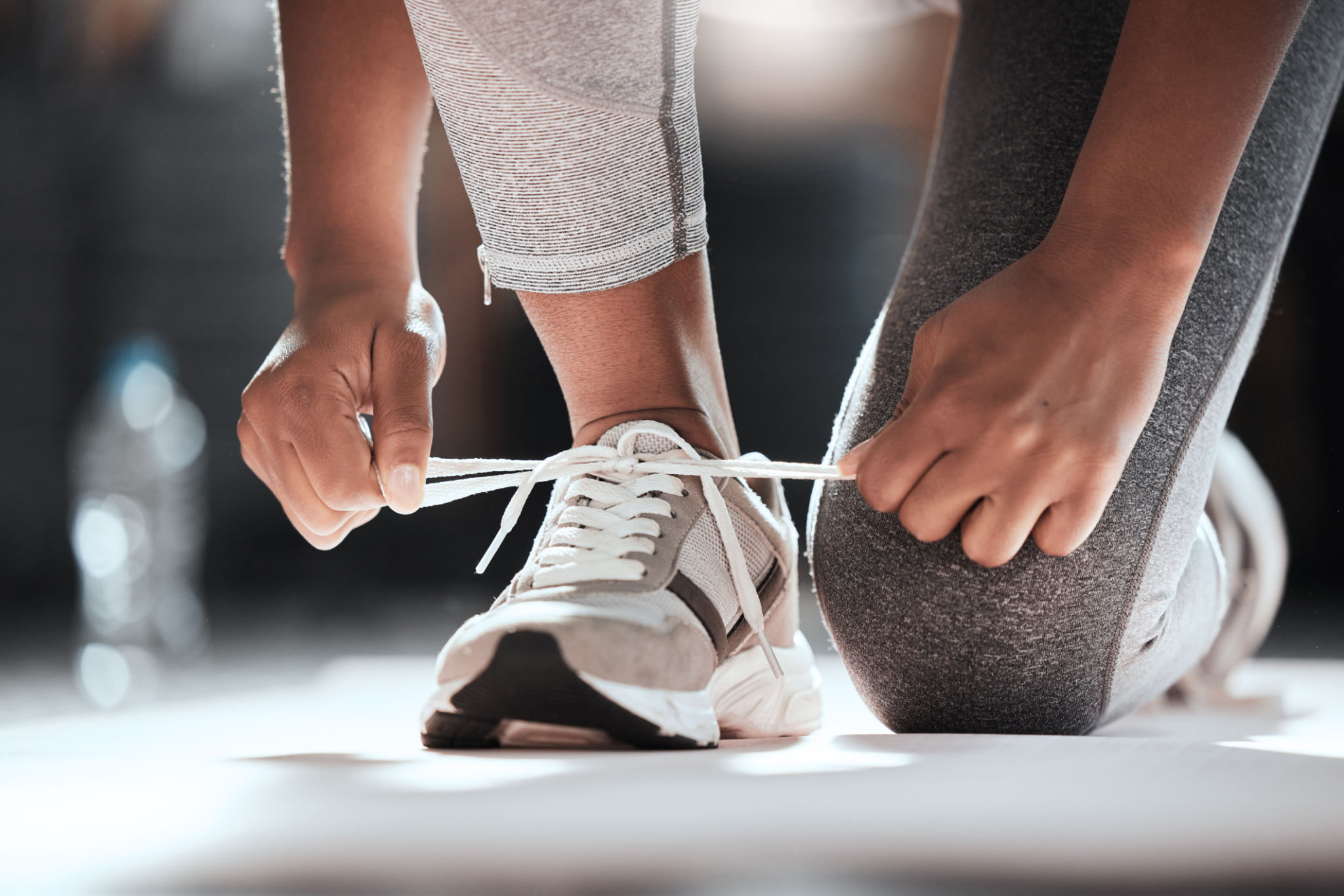Innovations in Protective Sports Gear: What’s New in Rehabilitation Tools
Introduction to Innovations in Protective Sports Gear
In the ever-evolving world of sports, the importance of protective gear cannot be overstated. Recent advancements have not only focused on enhancing protection but also on revolutionizing rehabilitation tools. This shift aims to ensure athletes recover faster and more effectively, getting them back in the game sooner and stronger than before.

Smart Technology in Rehabilitation
One of the most exciting innovations in protective sports gear is the integration of smart technology. Wearable devices equipped with sensors provide real-time data that can monitor an athlete's recovery progress. These gadgets offer insights into movement patterns, muscle activity, and even detect early signs of fatigue or injury, allowing for timely interventions.
Additionally, smart braces and supports are becoming more prevalent. These devices can adjust their level of support based on an athlete's activity, providing both protection and flexibility when needed. This dynamic support system is particularly beneficial during rehabilitation, as it adapts to the user's recovery stage.

Advanced Materials for Enhanced Protection
The development of advanced materials has played a crucial role in modernizing protective sports gear. Innovations such as carbon fiber composites and memory foam have increased durability and comfort. These materials are lightweight yet incredibly strong, offering superior protection without compromising an athlete's performance.
Moreover, materials with temperature-regulating properties are gaining popularity. These materials help maintain optimal body temperature during intense physical activities, reducing the risk of overheating and improving overall comfort during recovery sessions.
Virtual Reality in Rehabilitation
Virtual Reality (VR) is another cutting-edge tool making waves in sports rehabilitation. VR systems provide immersive environments where athletes can engage in simulated exercises that target specific injuries. This innovative approach not only makes rehabilitation more engaging but also aids in mental recovery by simulating game-like scenarios.

Furthermore, VR tools can track an athlete's progress over time, adjusting the difficulty of exercises to match their recovery trajectory. This personalized approach ensures that athletes are neither overexerted nor under-challenged during their rehabilitation process.
3D Printing: Customization and Affordability
3D printing technology is revolutionizing the way protective sports gear is designed and manufactured. It allows for the creation of custom-fit gear tailored to an athlete's specific needs, enhancing both comfort and protection. This customization is particularly beneficial for athletes with unique body shapes or those recovering from injuries that require specialized support.
The affordability and accessibility of 3D printing also mean that high-quality protective gear is now within reach for a broader audience, democratizing access to advanced rehabilitation tools.

The Future of Protective Sports Gear
The future of protective sports gear is undoubtedly bright, with continuous innovations on the horizon. As technology advances, we can expect even more sophisticated tools that blend protection with rehabilitation, ensuring athletes not only stay safe but also recover efficiently. These innovations will continue to reshape the landscape of sports safety and rehabilitation, providing athletes with the best possible support for their athletic endeavors.